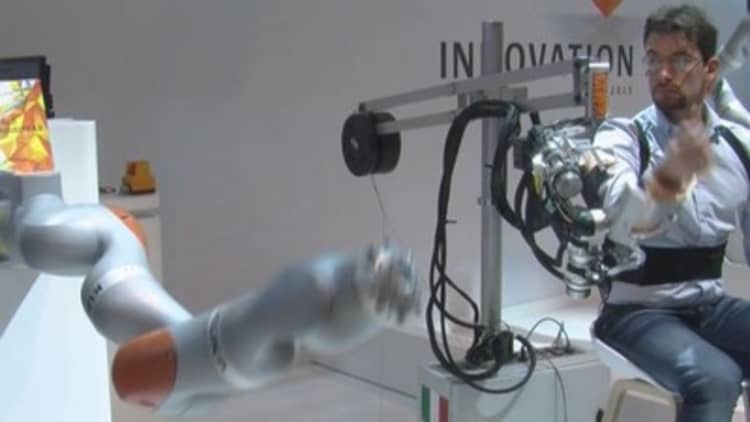Ten years from now, more families may be going to an electronics store rather than a pet store to buy a canine companion.
According to new research, robotic dogs are set to replace their living counterparts as soon as the next decade.
"It might sound surreal for us to have robotic or virtual pets, but it could be totally normal for the next generation," Jean-Loup Rault, animal welfare researcher at the University of Melbourne, argued in his paper published on Tuesday.
"It's not a question of centuries from now. If 10 billion human beings live on the planet in 2050 as predicted, it's likely to occur sooner than we think. If you'd described Facebook to someone 20 years ago, they'd think you were crazy," he added.
As more people migrate to high-density city living, the future may be in "chips and circuits that mimic the real thing," said Rault, who embarked on his research after discovering a lack of information about how technology may influence human relationships with animals in the future.
Read MoreWhy you shouldn't fear the robot revolution—yet
"You won't find a lot of research on pet robotics out there, but if you Google robot dogs, there are countless patents. Everyone wants to get ahead of this thing because there is a market and it will take off in the next 10 to 15 years," he said.
But is it possible to love a robotic pet as much as a living four-pawed pal?
"Robots can, without a doubt, trigger human emotions," Rault said.
"If artificial pets can produce the same benefits we get from live pets, does that mean that our emotional bond with animals is really just an image that we project on to our pets," he asked.
There are Japanese robot dogs owners that hold funerals for their man-made pets once their circuits die, Rault said, illustrating the humanization of robot pets.

"Of course we care about live animals, but if we become used to a robotic companion that doesn't need food, water or exercise, perhaps it will change how humans care about other living beings," he said.
The Sony AIBO robotic pet dog is the most well-known commercial attempt at an artificial pet, although it's no longer in production.
The AIBO has the ability to see, hear, and react to its surroundings based on a sophisticated programmed personality. As a result, people tend to give it a status of its own, somewhere between an animal and an object, according to research.
Rault anticipates robodogs of the future will be even smarter, possibly featuring bona fide artificial intelligence.
"When engineers work on robotic dogs, they work on social intelligence, they address what people need from their dogs: companionship, love, obedience, dependence," he said.
"They want to know everything about animal behavior so they can replicate it as close as possible to a real pet."


